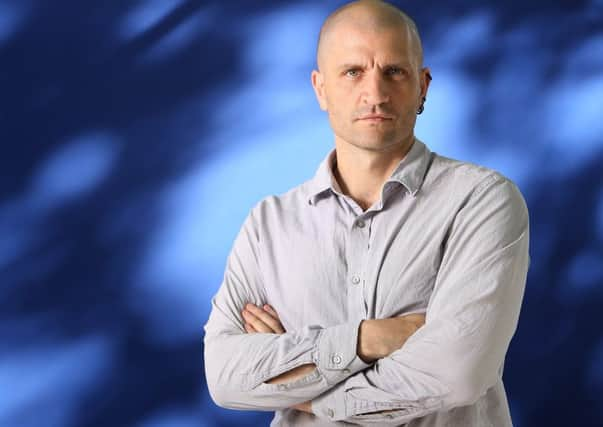Book review: October - The Story Of The Russian Revolution


Of course, the story of the Russian Revolution has been told and retold untold times, and Miéville includes a succinct account – sometimes waspish – of the other narratives. But his “factionalisation” of the events (with all the multiple ironies of that portmanteau word) places its stresses in interesting ways. One thing which is often overlooked is that the Soviet was of “workers, soldiers and peasants”. The soldiers’ role is made explicit here. Disillusioned with the sacrifices of the Great War and subjected to the silly sadism of the aristocratic officers, the soldiers were pivotal. Given that the revolution was victorious, it is clever to foreground it with Lenin’s “defeatism”, the idea that the best outcome would be for Russia to lose the war.
Miéville also highlights the vastness of the revolution: it is not a phenomenon which is restricted to seizing power in St Petersburg and Moscow, but involves Tashkent, Vilnius, the Crimea and Baku. His depiction of Lenin is strikingly different from the mythology. He dithers and vacillates, compromises and then demands no compromises, is iconic and unrecognised and darts through streets in the most outlandishly bad disguises. There is more than wit in Miéville’s characterisation of Kerensky, a ham actor in an improvised play on a crumbling stage. The double-dealing with the authoritarian general Kornilov is written in a way which is both horrific and comic. Nicholas II is here a man both pitiable and scorning.
Advertisement
Hide AdFascinated though I am by the Russian Revolution, I am equally fascinated by Miéville’s oeuvre, and this book shows how certain concerns have been threaded through his novels. There is a particular obsession here with the role that the rail-network played (not just for Lenin, heading from Germany to Finland, drawing up rotas for when you can smoke in the toilets). Trains, their derailments, their interconnections, are central to how the revolution happened. “The question for history is not only who should be driving the engine, but where,” he writes. Miéville’s Iron Council featured renegade revolutionaries with a “liberated” train, the tracks being taken up from behind and laid towards the future; Railsea had a world of snaking railway lines and minatory thoughts of what the final destination might be. But he is also very good on communications in general – how the telephone and telegraph were instrumental – and is himself the author of Dial H for DC Comics, with its magical rotary phone and final battle set in a trans-dimensional exchange. One word which occurs like a leitmotif in October is “apocalyptic”; Kraken and Dial H had their own chiliastic fantasies. Even the descriptions of the ragtag flotillas that emerged to support the revolution seem strangely reminiscent of Armada, the floating city in The Scar. St Petersburg, a city where the gilded and the sordid pass each other unknowingly is reminiscent of the schizophrenic, overlapping cities in The City & The City.
There are delightful grace notes here over and above a brisk and perceptive narrative. In the epilogue, Miéville discusses the influence of Chernyshevsky’s story What Is To Be Done?, which Lenin co-opted for a title, noting that the centre of it is an ellipsis, two rows of dots. The revolution is something “ostentatiously unspoken”. In a kind of homage, I suspect, in his glossary of people (essential if you can’t tell your Menshevik from your SR), Finisov, a right-winger, is appended with (?-?) for his birth and death dates.
In that epilogue, Miéville has to confront the legacy of the revolution: “Is the gulag the telos of 1917?” He refers, quite rightly, to “a hundred years of crude, ahistorical, ignorant, bad-faith and opportunistic attacks on October”. Miéville’s retort in the book itself is that no-one, really, knew how things would turn out. That is the nature of revolutions. The revolution is the possibility of possibilities.
*October: The Story Of The Russian Revolution, by China Miéville, Verso, £18.99